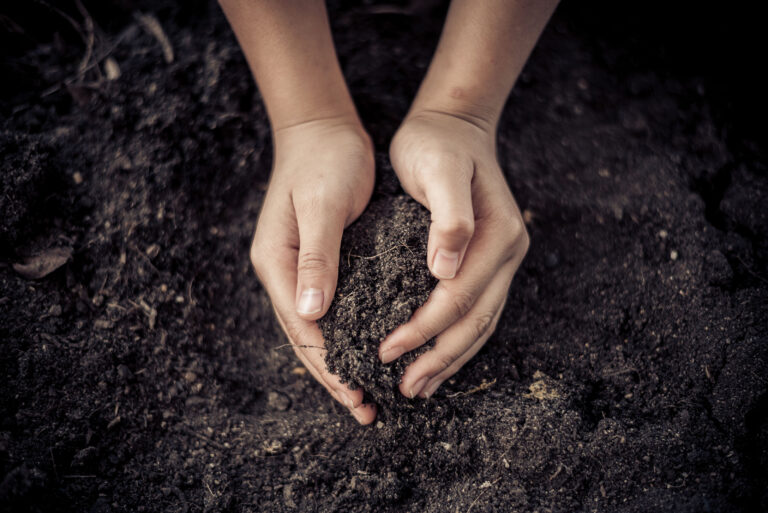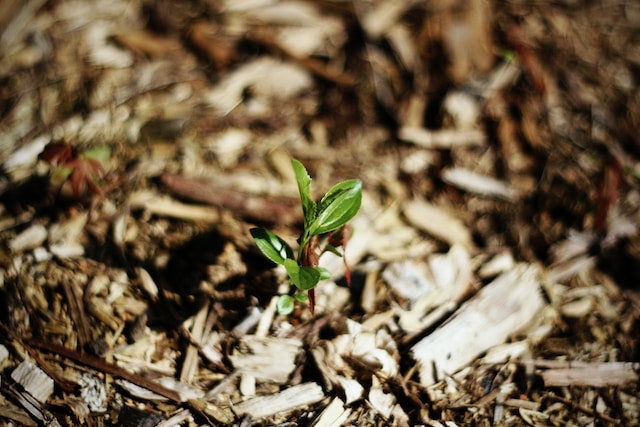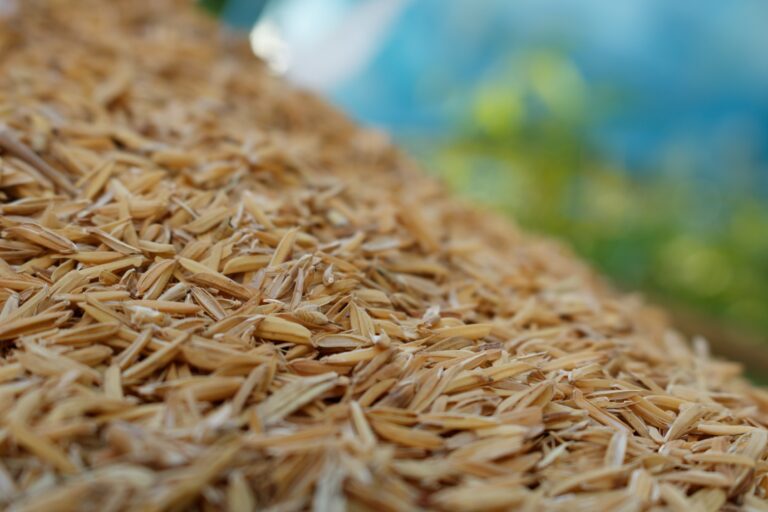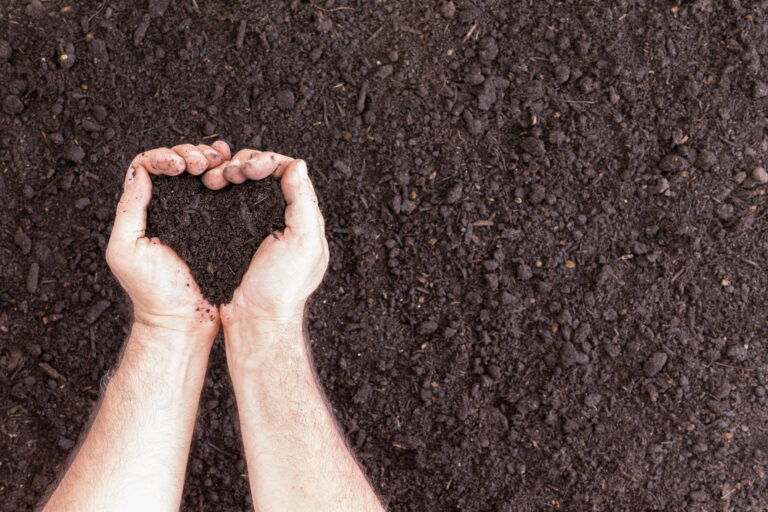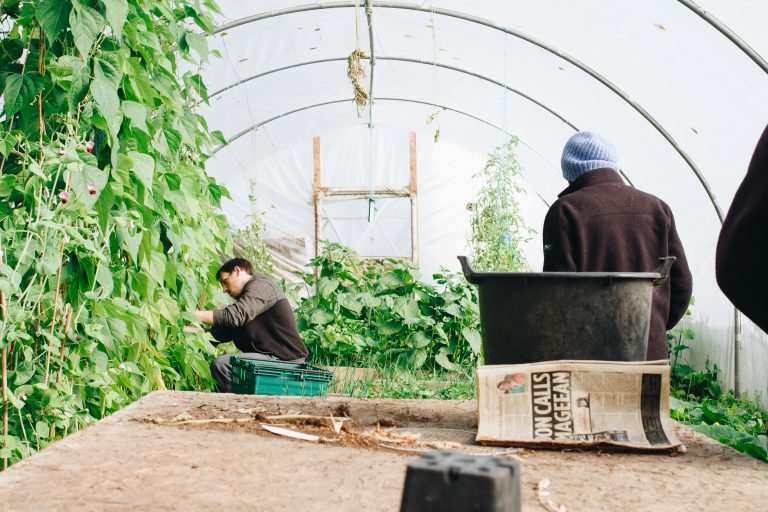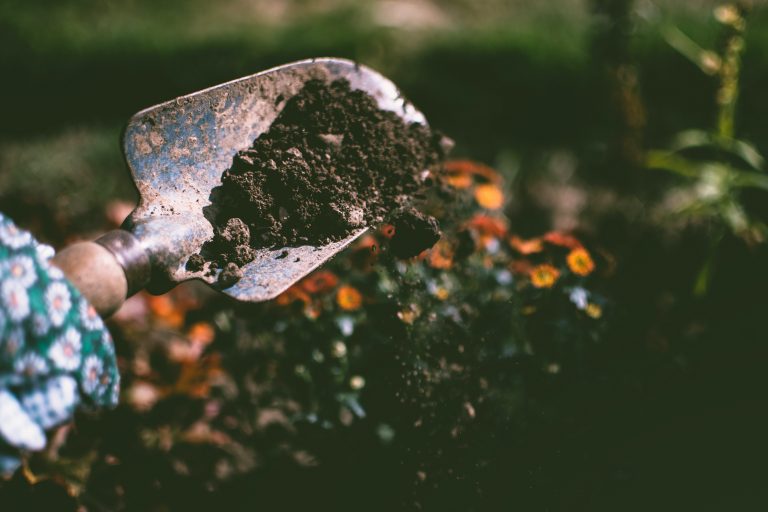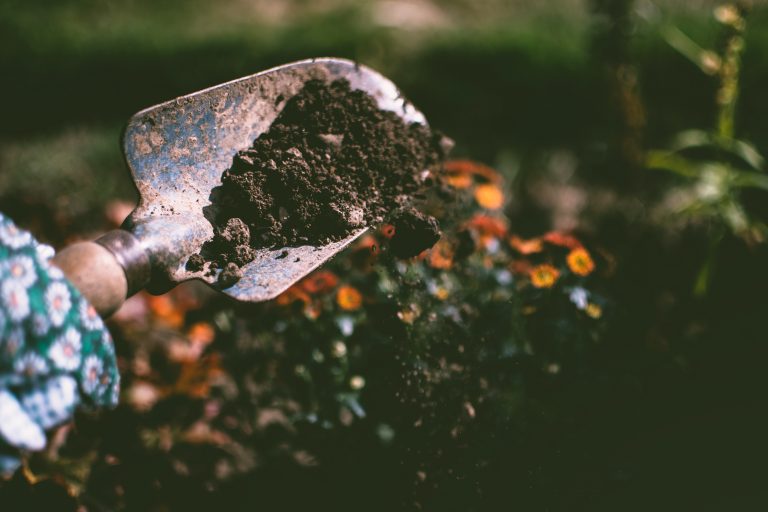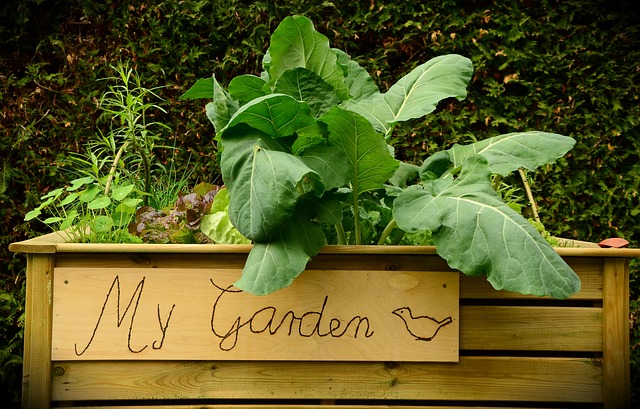Caring for potted plants can be challenging. Make sure you are using the best soil for potted plants, use the right pots for drainage, and make sure the mixture of soil you’re using is right for the plant you’re growing. Here are some things to consider when it comes to the dirt in your potted…
soil
Low-Cost Mulching Options for Weed Control and Soil Health
Mulching is a key part of gardening. Mulching offers soil improvement which makes everything in your garden grow better. It is also one of the most versatile and cost-effective solutions for curbing weed growth in a garden. This guide explores the significance of mulching, its broader benefits, and various low-cost mulching options for reaping the benefits…
Top 13 Benefits of Using Rice Hulls in Gardening
Rice hulls have a variety of unique properties that are great for home gardening. They have a neutral pH, are lightweight and sustainable, and have a diverse array of benefits for your garden. Additionally, you can mix rice hulls with other soil amendments or potting mix ingredients to create a well-balanced growing medium for your…
Top 7 Eco-Friendly Peat Moss Alternatives
Peat moss has a long history of gardening benefits. However, it also poses significant problems for the environment when you use peat moss. Therefore you might want to explore peat moss alternatives. There are plenty of great options that do the job without damaging the earth. What Is Peat Moss? Peat moss is a type…
5+ Cheap Ways To Make Soil More Acidic
Every garden’s soil has a pH level. You can work with different pH levels using different plants. However, you have to know where you’re starting. And in some instances, you might want to change the pH level. For example, if your soil is too alkaline for the plants you want to grow, then you need…
The Importance of Crop Rotation
It’s that time of year again! Gardeners are starting to plan out the season. Usually, I spend this month sketching out a rough plan for my garden—taking crop rotation principles into account. I also start some seeds in my basement. This year, though, the pandemic has me changing up my plans. I’m giving my…
5 Things To Consider When Recycling Soil
It’s the end of the growing season, and you’ve tossed your spent container tomato plants in the compost. Can you reuse the soil next year? Here’s a soil recycling checklist to go through before repotting plants in old soil or using last year’s soil leftovers in the spring. Pitfalls of Recycling Soil Reusing soil…
Why You Should Test Your Soil
Along with water and sunlight, soil is the lifeblood of a garden. Without healthy, nutrient-filled soil, plants simply won’t thrive. It’s tempting to believe that spraying your garden with fertilizer will encourage lush growth. But if you’re spraying without testing your soil, you may be in for trouble down the line. Why should you…
How Much Dirt Does my Raised Bed Garden Need?
One of the benefits of raised bed gardening is the ability to use your own soil mix. It’s a serious advantage for those stuck living in places where the soil quality is poor or where there’s no soil to speak of (e.g., those who have a concrete yard). But how do you figure out how…
